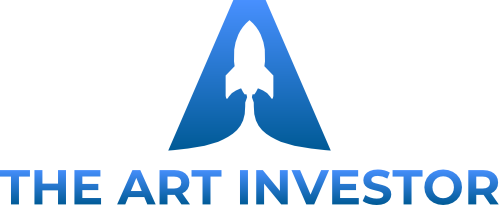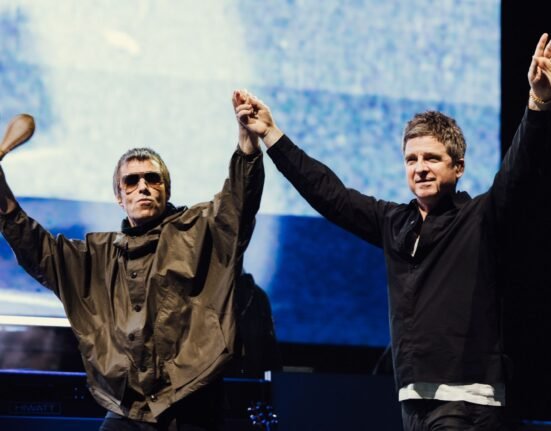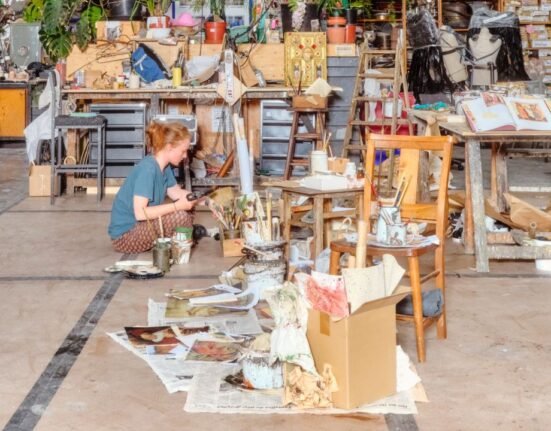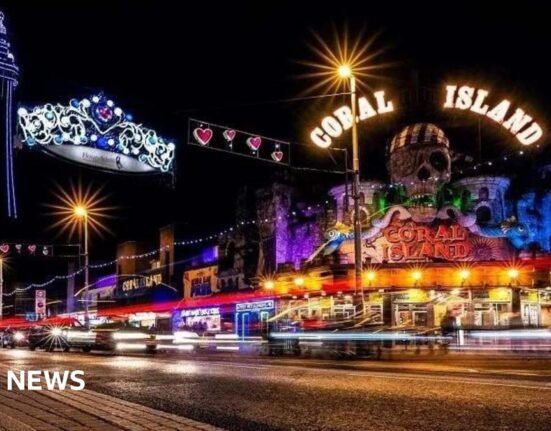ICE.Art returns on 1–2 October 2025. The event runs as an online-only conference, with sessions scheduled between 5 pm and 8 pm CET. That places it outside of most production hours, designed so professionals can join after work or catch up from different time zones without losing project time.
Organiser vrbn positions ICE as a conference “for everybody working directly or indirectly on fictional or real-world 3D worlds.” Unlike broad-spectrum industry fairs, ICE focuses tightly on environments and their technical and artistic context.

Digital environments in film, TV, games, and visualisation are rarely just scenery. They anchor storytelling, guide interaction in games, and stress-test rendering pipelines. ICE’s agenda covers the full stack: from concept art and visual direction to game level layout, pipeline efficiency, and the legal or personal aspects of working life in production. The mix makes ICE relevant not only for environment artists but also for TDs, compositors, shader developers, and realtime specialists whose work intersects with large-scale 3D datasets.
Spotlight: Michael Shelton
Returning after a strong showing at FMX, Michael Shelton brings his perspective on VFX environments. His 2024 FMX talk on Westworld combined technical depth with humour and remains a highlight for those who caught it. ICE offers a second chance for everyone who missed him in Stuttgart.
Together, these speakers cover the creative, technical, and business dimensions of building and deploying digital environments. The event is delivered live via GoToWebinar. ICE talks typically mix presentations with Q&A. Unlike many conferences, ICE archives its talks on the ICE YouTube channel, making them available for later reference.
Why ICE Matters
For environment specialists, ICE provides direct relevance. For others, the value lies in seeing how environment work shapes pipelines across departments. Examples include architectural realism that affects lighting and compositing, or streaming technologies that enable new delivery formats for interactive 3D. The evening schedule also reduces friction. Attendees do not lose production hours to sit through sponsor pitches or expo halls. ICE positions itself as a compact alternative to the large-scale conference calendar.
Community Focus
Since its start, ICE has prioritised access over spectacle. There is no expo floor and fewer marketing launches. Instead, the content leans on production stories, workflows, and first-hand lessons. Talks that discuss dead ends or tool limitations are part of the appeal: they reflect the daily reality of artists, TDs, and supervisors working under pressure.t a mix of visual showcases, pipeline talks, and the usual dose of production survival advice. vrbn highlights that talks will again touch on career development. Given the current state of VFX labour discussions worldwide, that may be as relevant as the technical sessions.







